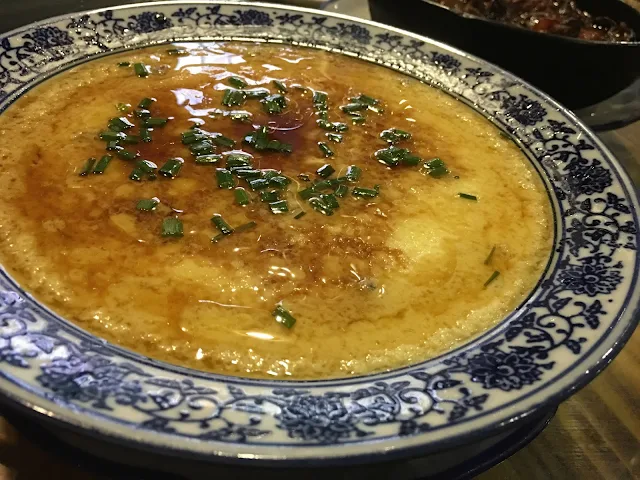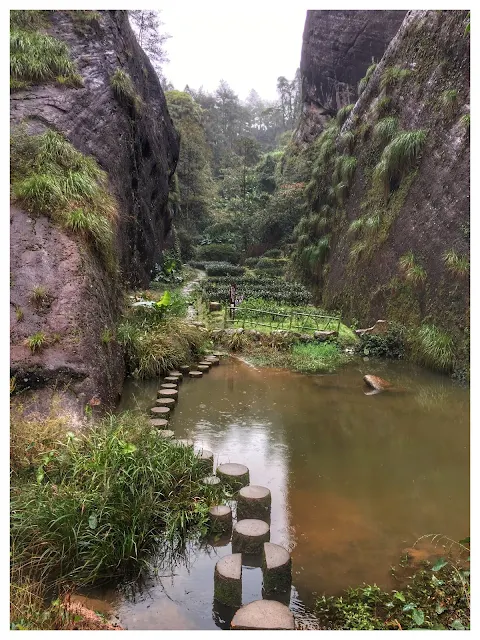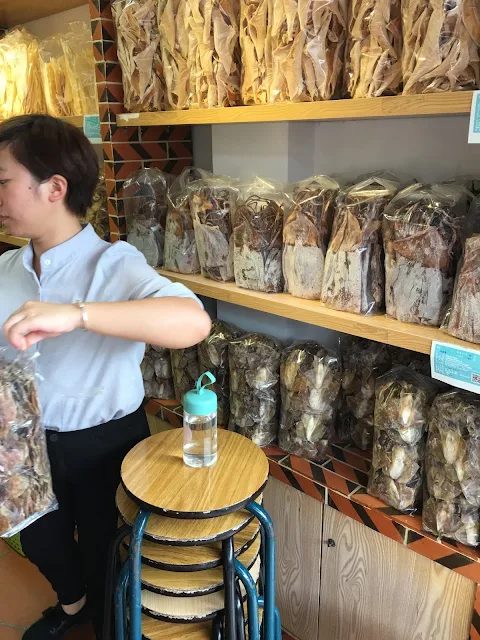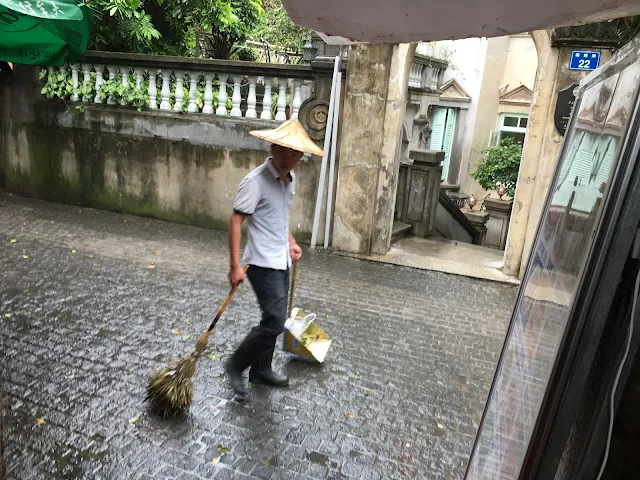The reef surrounding Gu Lang Yu Isle gave the origins as to its classic Chinese name, which means "Drum Wave Island". The nature of the reefs contributed to the shape of the rolling waves. The island is reached by a short ferry ride from Xiamen, taken from Heping for the local ferry, or from Dongdu for the so-called foreigner's or tourist ferry service.
This small island had played an important role in the relationships between the Western powers, particularly the United Kingdom, France and the United States of America, with a China still under dynastic Qing rule in the 19th century. Its proximity to rich seafood sourcing grounds, valuable tea plantations in the hinterland of Fujian Province and the north side of the South China Sea seemed to have determined its history. National hero Zheng Cheng Gong ( or referred to as Koxinga by the West) stands out in local sentiment in defending the political, regional and military interests of the Ming Dynasty for southern China. You can visit the Full Moon Garden on the isle and there is an impressive statue honouring him and his achievements for China.
The nearby city of Xiamen, becoming a treaty port for Western powers in the first half of the 19th century, had tremendous consequences for Gu Lang Yu. Dynastic China was defeated in the First Opium War and this resulted in the unequal terms of the Treaty Of Nanking in 1842, beginning an epoch of national, military and cultural humility that resonates strongly even today in the Chinese psyche and mindset, especially when dealing with world affairs. Thirteen foreign nations, including Holland, Japan and France, combined to exert its political authority on Gu Lang Yu becoming an international settlement - imagine that happening to the Isle of Wright or Nantucket Island.
The British took the leading involvement in transforming the isle, constructing Euro styled buildings that organised the town area of Gu Lang Yu. This third largest island off the coast of Xiamen began to see transformation that had occurred to various other outposts of colonial power like in Penang, the Caribbean, Malta, Gilbratar, Colombo and Shanghai. Hong Kong began new life as a British settlement in 1842. From political colonisation came greater efforts in missionary work of the Protestant and Catholic Churches, evident in the 21st century on the isle - Xiamen historically is where Protestantism successfully first arrived in China and embedded its influence.
A delightful and surprising feature of Gu Lang Yu is the passion for pianos amongst its residents and it is estimated that there is a piano on the island for every 29 residents. Most of them are rather old, originating from a strong taking up of the instrument in the first half of the 20th century. Two of China's well known pianists, Xu Feiping and Yin Chengzong, hail from Gu Lang Yu.
I also observed wooden panelled guitars in shops. Westernised music influences sat side by side with traditional music of the Hokkiens. You can hunt for records from the Sixties and still enjoy a live rendition of the Pipa in a cosy hall with a stage assemble of experienced musicians with their traditional Eastern instruments. We did feel the silence of the ages at times in certain aspects of the island, particularly along the lanes that harked back to a religious past. The rhythm of Nature can be felt on the breezy sandy shores of a beach.

There are many young people curious enough to visit Gu Lang Yu. If you ponder over the map of eastern Asia, this isle can be its geographical centre. Millions of people with rising purchasing power levels and income live at its door step. It has a relatively warm climate, contemporary trading routes continue to thrive and its industrious people have contributed a great deal to the development of south-east Asia. How the geopolitics between West and East play out can have repercussions to Gu Lang Yu and Xiamen. Both places have witnessed the opportunities and pitfalls of a nation which historically have looked inwards, balanced the challenges and benefits of rising Western powers coming to their shores and always reaffirmed themselves with the concept of a Chinese family.
Gu Lang Yu may not be sited near the Great Wall to the north but intrinsically understands its vital role on the southern borders of a huge nation like China.
Shades of Spain, England, Holland, China, Japan, Portugal and Italy can be felt in the design and shape of the heritage buildings found around Gu Lang Yu. The Portuguese first reached Xiamen, itself an island, in 1541. Some pre-date the British Victorian era, others are so obviously so. We find ourselves walking around plazas reminiscent of Macau, Rome and Lisbon. The isle is relatively clean, especially the grounds of heritage mansions, where you can dwell in enjoying the patterns of well laid out tiles, the angles of partitions, the frescoes that peek at you when you least expect them and in the airy corridors with porticos and balconies.
We found ourselves entering gardens, pavilions, doorways and staircases from another era. The buildings are well preserved, having escaped the ravages of war time bombings, tropical cyclones and political events. Visitors may fancy themselves caught in a time warp. More than this, I also felt the vibes of a community and a village atmosphere. For many across the world who are now caught in a rather unwelcoming city environment, Gu lang Yu reminds them that there is an alternative. It is also a place where the past is appreciated better, the present is more balanced and the future, however, is dependent on others.
The Jinmen Islands, which are administered by Taiwan, lie only around six kilometres from Xiamen City. Xiamen itself was known by other names, notably Amoy , and also in the 17th century as Siming or Remembering the Ming (Dynasty).
Will Gu Lang Yu continue to play a significant part in the affairs of mankind in the future? I do not see any current digital push in its pulse, but China as a nation is transforming in leaps and bounds. What other industry can Gu Lang Yu see itself as it leaps into the 21st century - for now revenues are earned mainly on tourism and a hark for the past. Its future is definitely tied in inevitably with the role of Xiamen, which has three reputable universities, a full fledged airline and a solid cultural base.
We did not make it to Sunlight Rock or the nearby Shuzhuang Chinese Gardens. Attribute this to the rainy aspect that day, or we had almost run out of steam walking around the various sights on an unusually interesting isle. Gu Lang Yu is under two square kilometres in size and has a heart that is so much bigger that leaves good memories for its visitors. The island is also extraordinary in banning vehicular traffic, only allowing electric run buggies to run on its cobbled stoned lanes and otherwise tarred roads.
A day's visit to Gu Lang Yu does not do it justice in appreciating what it can offer. The wealth of culture, history and lifestyle on the island at times do require soaking in a few days of stay. Just the seafood makes me want to linger further. Most of all is the pleasure to interact with people, whether they may be tourists, residents or working there. It is worth having a guide with knowledge and passion like we were fortunate to have - Ms. Khaw.




















































